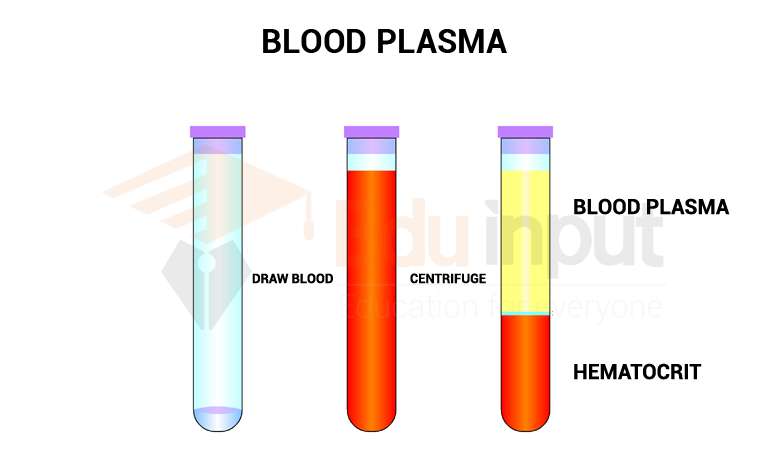What are White Blood Cells (Leukocytes)?-Definition, Composition, and Types
White blood cells (leucocytes) are part of the immune system. They are responsible for fighting infections and other diseases.
White blood cells (or WBC) are part of our immune system. They fight infections and other diseases. The number of WBC in our body varies depending on age, gender and health status.
They have a smaller number than the red blood cells. They are 2% of the blood by volume.
Formation of WBCs
All WBCs are derived from stem cells or immature cells. These cells are called stem cells. They are present in the bone marrow. The process of white blood cell formation is called hematopoiesis.
The bone marrow produces most of the white blood cells. They make up 60 to 70 percent of that total. Other tissues that produce lymphocytes include the thymus, spleen, and lymph nodes. The number of white blood cells in our bodies fluctuates throughout the day.
Types of WBCs
White blood cells are divided into the following types:
•Agranulocytes: They are without granules in the cytoplasm. There are two types of agranulocytes. These are lymphocytes and monocytes.
• Granulocytes: They have granules in the cytoplasm. There are three types of granulocytes. These are eosinophils, basophils, and Neutrophils.
1. Eosinophils
Eosinophils are granulocytes and phagocytic cells. They ingest foreign proteins and immune complexes. But they do not ingest bacteria. The eosinophils release certain chemicals in mammals. These chemicals inactivate the inflammatory chemicals. These inflammatory chemicals are released during allergic reactions.
2. Basophils
Basophils are the least numerous WBC. They react with a foreign substance and release granules of histamine and heparin. Histamine dilates the blood vessels. It leaks fluid at a site of inflammation. Heparin prevents blood clotting.
3. Neutrophils
Neutrophils are the most abundant white blood cells. They are attracted to sites of inflammation. They are active phagocytes.
4. Lymphocytes
Two types of lymphocytes are B cells and T cells. Both these cells play a central role in the immune system.
B cells are formed in the bone marrow. They are stored in the lymphoid tissue. They mature there. The B cells are activated and they divide into the gland. They then are stored in the lymphoid produce plasma cells. T cells mature in the thymus tissue. They play role in the immune responses.
Functions of Leukocytes:
1. They destroy microorganisms at infection sites.
2. They remove foreign chemicals
3. They also remove debris formed by the dead or injured cells.

 written by
written by 



Leave a Reply